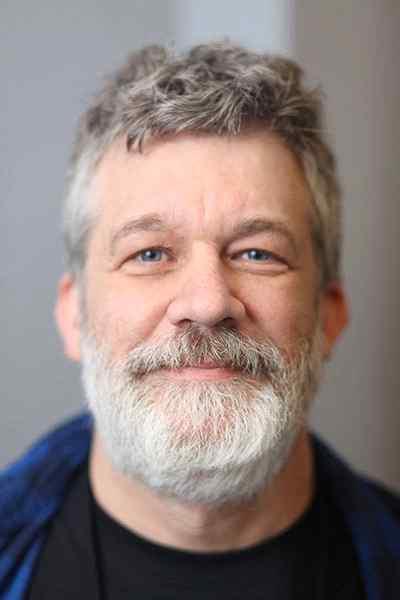
|
Abstract
We know from experience that using a "smart" phone or wearing a "smart" watch does not make a
person smart. For the same reasons, the use of technology in any city is not sufficient to make it
smart. For the past decade, 'smart city' projects have emphasized measurement, data analytics,
and modeling---all of which are critical to new ways to optimize cities and more importantly, new
applications to make cities "better" for their inhabitants. Smart city applications will be most likely
to make a city "better" if the city's residents are well-represented in the selection of those
applications. In Chicago, what began as an ambitious urban measurement initiative (The Array of
Things, or "AoT") almost immediately evolved to emphasize new types of measurements that
typically require human observers. Why? Because scientists, policymakers, and residents alike were
asking for data that cannot be easily measured with electronic sensors. For instance, going beyond
counting vehicles to understanding their flows, the mix of vehicle types, or factors influencing
safety. Borrowing from the concept of software-defined networks, our work emphasized
programmable devices, or "software-defined sensors." By supporting such platforms, we can begin
to explore how intelligent sensors (and other devices) might improve our understanding of cities
across a range of dimensions, from social sciences to traffic safety to environmental sciences.
Catlett will discuss some lessons learned working with residents and organizations in the City of
Chicago, and the expanded vision of the team's current initiative, SAGE, funded through the
National Science Foundation.
|